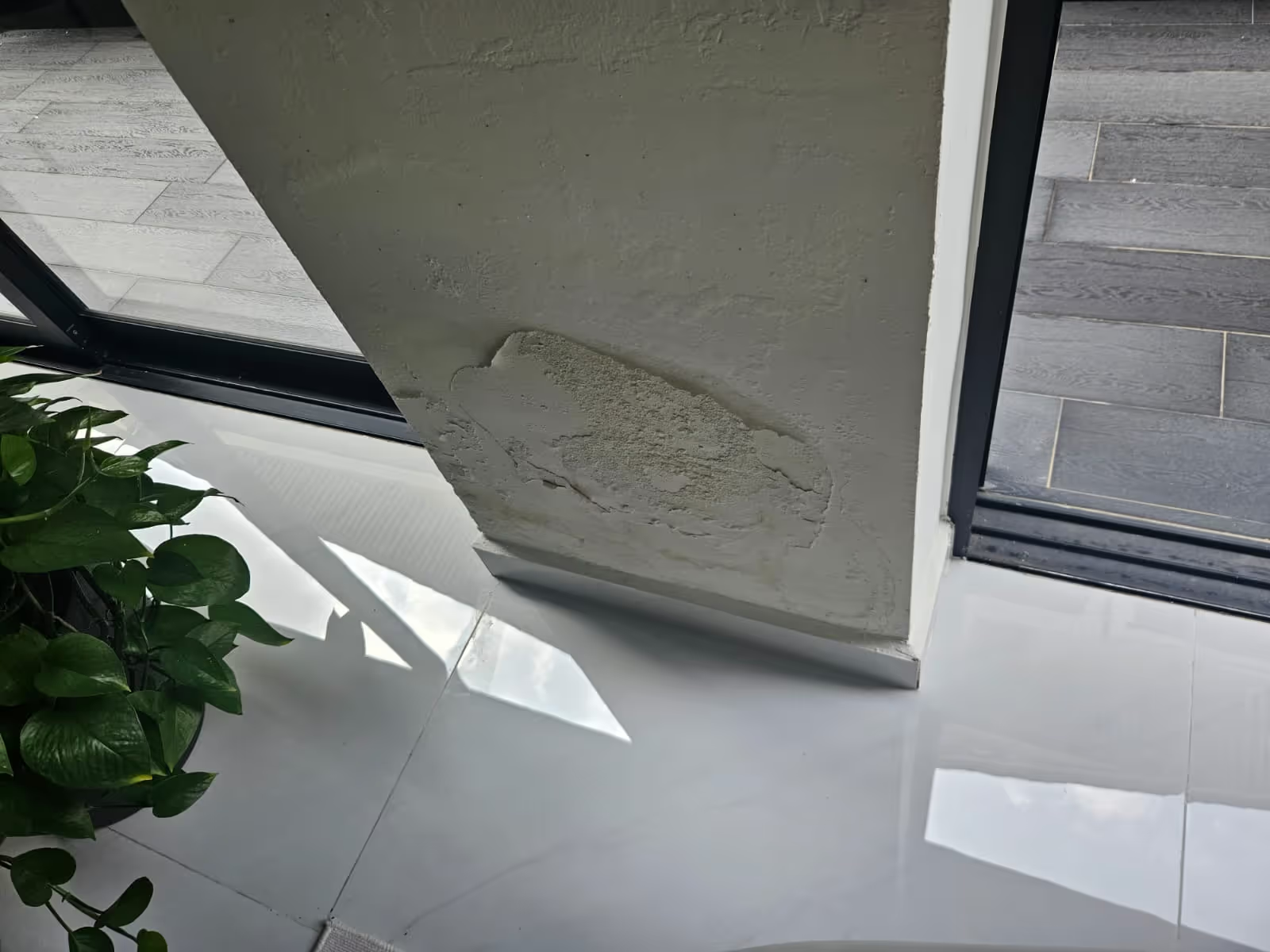
Water seepage is a common issue that can lead to costly repairs if not addressed promptly. Recognizing both visible and hidden indicators ensures timely intervention.
At Triton Construction, we understand the importance of maintaining your property's structural integrity. If you're experiencing water seepage issues in your walls, it's crucial to identify the root cause and take corrective action.
For expert assistance, WhatsApp us at 91115778 or email weijie@tritoncon.sg. Our team is dedicated to providing effective solutions to protect your property.
One of the most straightforward identification methods involves looking out for visible signs of water seepage. These visual indicators include:
These signs suggest that water has infiltrated your walls, potentially leading to more severe issues if not addressed.
Beyond visual cues, there are non-visual signs that can indicate water seepage. These include:
These signs can be particularly telling in areas prone to moisture accumulation, such as bathrooms and kitchens.
External factors play a significant role in causing water seepage in walls, particularly in Singapore's tropical climate. Heavy rainfall, a common occurrence in Singapore, can lead to water seepage if the building envelope is not designed or maintained properly.
Singapore experiences heavy rainfall throughout the year, which can put a lot of pressure on a building's envelope. If the envelope is not adequately waterproofed or if there are gaps and cracks, water can seep into the walls. Ensuring that the building envelope is well-maintained is crucial in preventing water seepage.
Cracks and deterioration in external wall surfaces can also lead to water seepage. Over time, the external walls of a building can develop cracks due to settlement or weathering. If these cracks are not sealed, they can provide a pathway for water to enter the walls. Regular inspection and maintenance of external walls are essential to prevent this.
Damaged roof systems can also contribute to water seepage in walls. If the roof is damaged or if there are issues with water channeling (e.g., clogged gutters), water can accumulate and seep into the walls. Ensuring that the roof is in good condition and that gutters are clear can help mitigate this risk.
Plumbing system failures are a common internal source of water seepage. Hidden leaks behind walls can cause significant damage before they're detected. Regularly checking your plumbing system for signs of wear and tear can help prevent such issues.
Leaks from appliances and bathroom fixtures are another internal source of water seepage. Regular maintenance of these fixtures is crucial.
When deciding between DIY repairs and professional repairs, homeowners should weigh accuracy, durability, safety, and long-term costs.
DIY repairs may seem cheaper upfront but often miss hidden issues, leading to recurring damage and escalating expenses. Although professional repairs requires a higher initial investment, it typically save money over time by delivering lasting results and peace of mind.
Taking action against water seepage requires a comprehensive approach. For expert assistance, you can contact Triton Construction. WhatsApp us at 91115778 or email weijie@tritoncon.sg.to safeguard your property against the risks associated with water seepage.